Search Images
Browse Content (p. 1489)
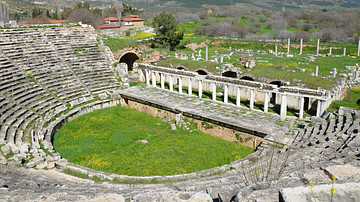
Image
Roman Theatre at Aphrodisias, Caria
The Roman theatre of Aphrodisias in Caria (modern-day Turkey), built in the second half of the 1st century BCE on the eastern slope of the acropolis.
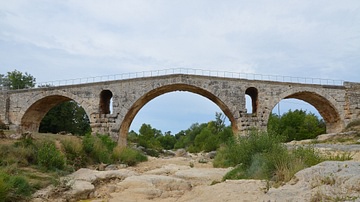
Image
Roman Bridge, Pont Julien
The Roman bridge Pont Julien in southern France is a three arched bridge built in 3 BCE over the Calavon river on the Via Domitia, an important Roman road that connected Italy and Spain through the Roman province of Gallia Narbonensis.
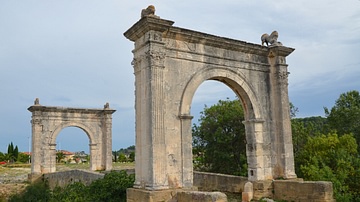
Image
Roman Bridge, Pont Flavien
The Roman bridge at Saint-Chamas (France), so called-Pont Flavien, was built in the late 1st century CE across the River Touloubre. The name “Flavien” refers to a local Roman-Gaul aristocrat called Lucius Donnius Flavius, and an inscription...

Image
Sanctuary of Zeus, Labraunda
The Temple of Zeus at Labraunda in Caria (modern-day Turkey), built in the 4th century BCE with the Andron A (banqueting hall) in the background. Labraunda is the home of the Sanctuary of Zeus Labraundos and is located in the mountains...
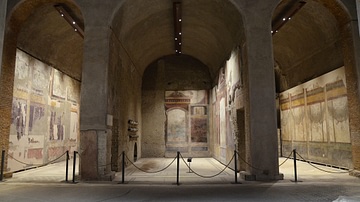
Image
The House of Livia on the Palatine Hill, Rome
Three relatively large adjoining rooms (a tablinum and two side rooms) in the House of Livia on the Palatine Hill, Rome. Each room was painted with a mythological subject and its floor decorated in black and white geometric mosaic.
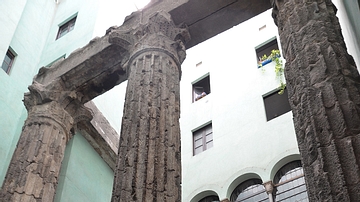
Image
Temple of Augustus, Barcelona
The remaining columns of the Temple of Augustus in Barcelona (Spain). It was built during the early Imperial period in the Roman colony of Barcino as a place of worship for Emperor Augustus (27 BC - 14 CE).

Image
Colonnaded Street at Laodicea on the Lycus, Turkey
Colonnaded street at Laodicea on the Lycus in Phrygia (modern-day Turkey).
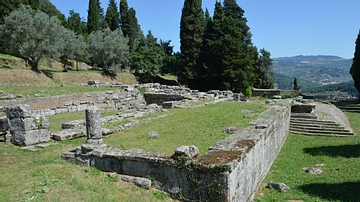
Image
Etrusco-Roman Temple, Fiesole
Etrusco-Roman temple in Fiesole (Tuscany, Italy), first built around the late 4th century BCE, destroyed by fire in the 1st century BCE and rebuilt by the Romans under Augustus.
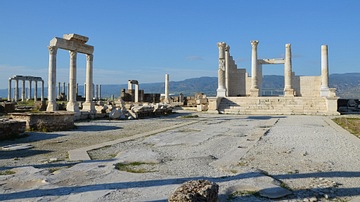
Image
Roman Temple at Laodicea
The Temple A at Laodicea on the Lycus in Phrygia (modern-day Turkey) with four spirally fluted columns in the front (prostyle temple). It was built in the Antonine period (2nd century CE) and was heavily renovated during the reign of Emperor...
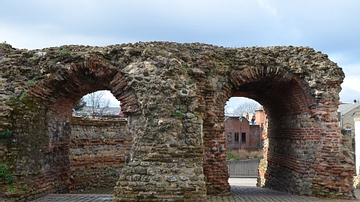
Image
Roman Gate of Camulodunum (Colchester, UK)
The Balkerne Gate, a 1st-century CE Roman gateway in Camulodunum (modern-day Colchester in Great Britain). It is the largest surviving gateway in Roman Britain.